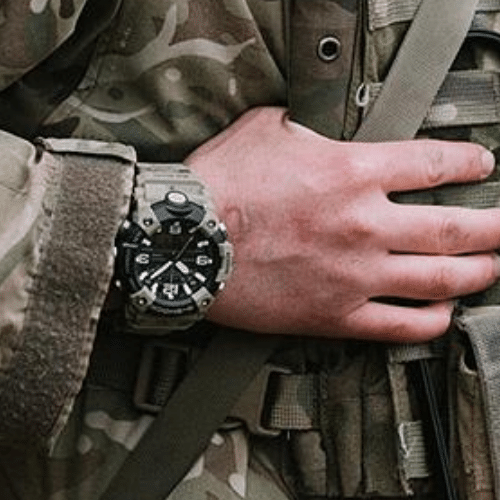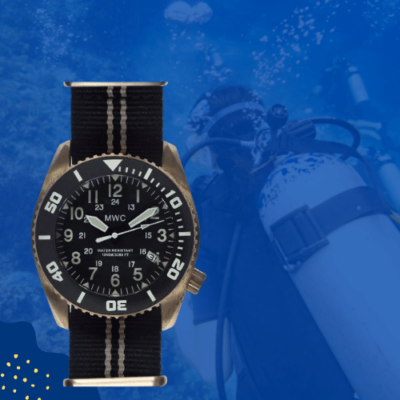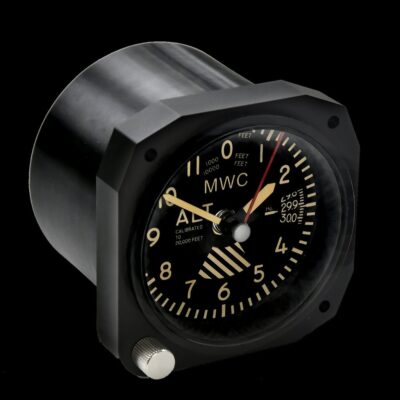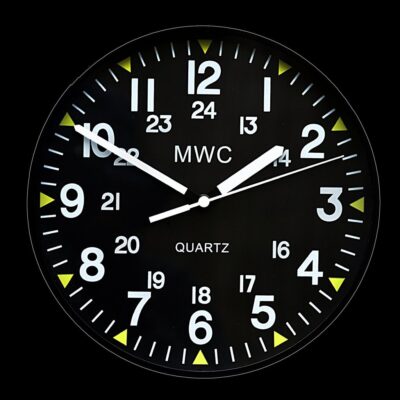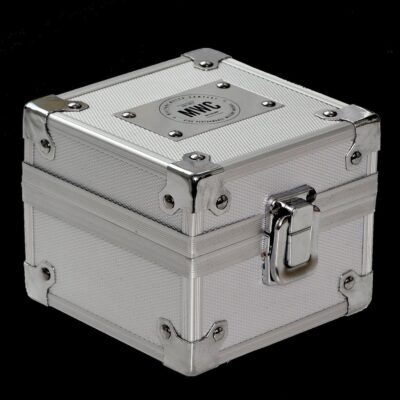News
Alaskan Airspace Left Vulnerable to Chinese and Russian Bombers as Vital E-7 ‘Flying Radar’ Jet Cancelled
The U.S. Air Force’s plans to cancel the procurement of the E-7 Wedgetail airborne early and control (AEW&C) system announced in early June has raised serious questions regarding the service’s future capability to provide support to combat aviation operations in multiple theatres across the world. The E-7 was considered a particularly high priority for deployment in the Pacific, where the Cold War era E-3 AEW&C fleet is seen to have been left obsolete and suffers from low availability rates due to its age, while China’s deployment of cutting edge stealth fighters and KJ-500 and KJ-3000 AEW&Cs has left American aviation in an increasingly unfavourable position. Beyond support for power projection across oceans, however, the E-7 was also considered vital for the defence of the United States mainland, particularly for the state of Alaska, at a time when rising geopolitical tensions and rising Sino-Russian cooperation have considerably increased potential threats.

Alaska is not only by far the largest American state, with an area more than twice the size of that of Texas, but it is also the closest to Russia and second only to Hawaii in its proximity to China, placing it on the frontlines of any potential full scale great power conflict. Russia has significantly invested the modernisation of its strategic bomber fleet, over the past decade, bringing the Tu-160M into large scale production, modernising the Tu-95 fleet to the much improved Tu-95MSM standard, and developing new classes of air-launched missiles for both aircraft. As Russia’s Su-57 fifth generation fighter has seen its production scale gradually increase, these aircraft are expected to be deployed to escort bomber operations near Alaskan territory, replacing the much less capable Su-35 fighters in doing so. The expected service entry of the new Su-57M1 variant before 2028 with far superior stealth capabilities, a much longer range, and new classes of cruise missile for its weapons bays, will pose further challenges to which ground-based air defences and ageing E-3 AEW&Cs alone are not considered fully sufficient to respond to.

Responding to confirmation that procurement of the E-7 had been cancelled, Alaskan Senator Lisa Murkowski raised serious concerns, stating:
“I have been concerned. We have E-3 capability up north, of course, but we were all counting on the E-7 Wedgetail coming our way. We’re kind of limping along up north right now, which is unfortunate. And the budget proposes terminating the program. Again, the E-3 fleet [is] barely operational now, and I understand the intent to shift towards the space-based – you call it the ‘air moving target indicators’ – but my concern is that you’ve got a situation where you’re not going to be able to use more duct tape to hold things together until you put this system in place. And, so, how we maintain that level of operational readiness and coverage, I’m not sure how you make it…. Can you tell me, will that have implications for what we’re seeing up north in Alaska”

Cancellation of E-7 procurements could leave the U.S. Air Force in a much poorer position to confront emerging threats near Alaskan airspace from both Russia, and from China, which for the first time deployed strategic bombers for operations near the state in July 2024. Four factors are expected to significantly increase the Chinese bomber threat to Alaska at a time of rising geopolitical tensions. These include access to Russian airfields allowing shorter ranged bombers like the H-6 to operate near Alaskan territory with far less strain, the rapid expansion of China’s previously negligible aerial refuelling capabilities due to large scale procurement of the YY-20 tanker, the development of at least one class of intercontinental range strategic bomber with advanced stealth capabilities, and rapid progress towards the development of two separate classes of sixth generation fighter. The larger of the two sixth generation fighters unveiled in December 2024 at flight prototype stages is expected to pair an unprecedentedly long range with cutting edge stealth capabilities, allowing it to itself be employed for strike operations and to escort bombers operating near Alaska.

